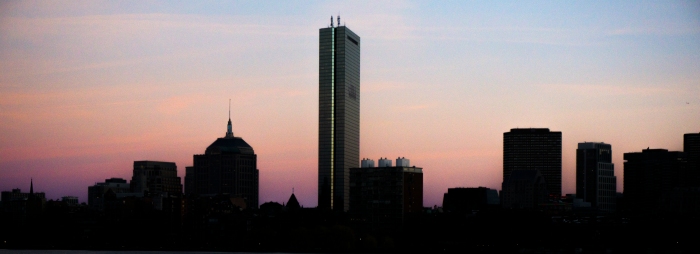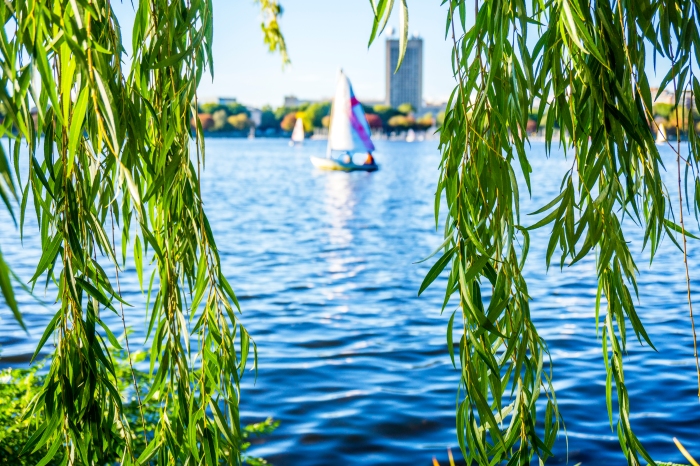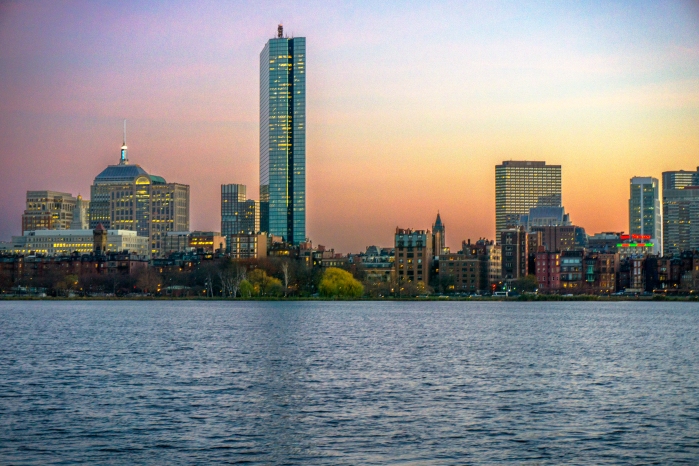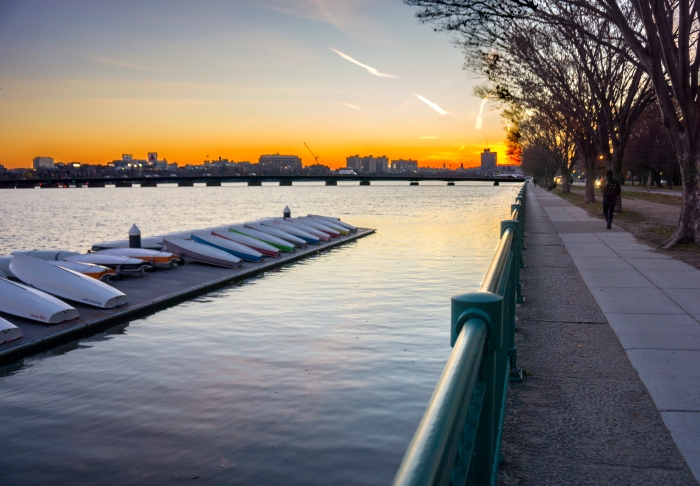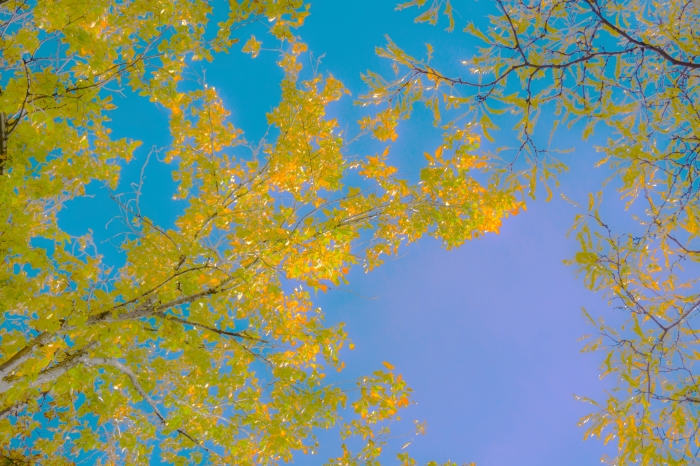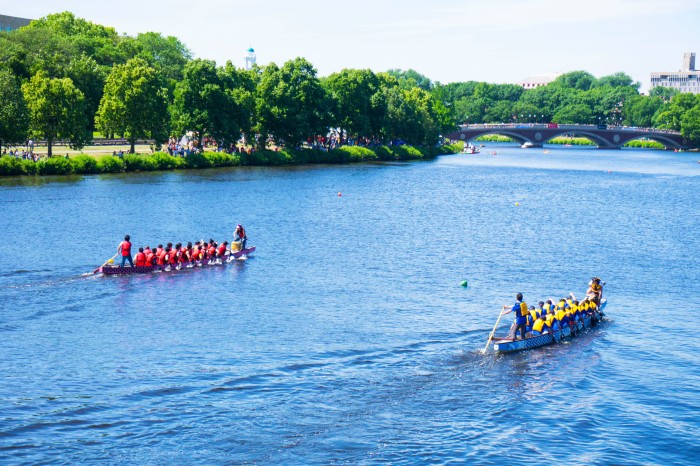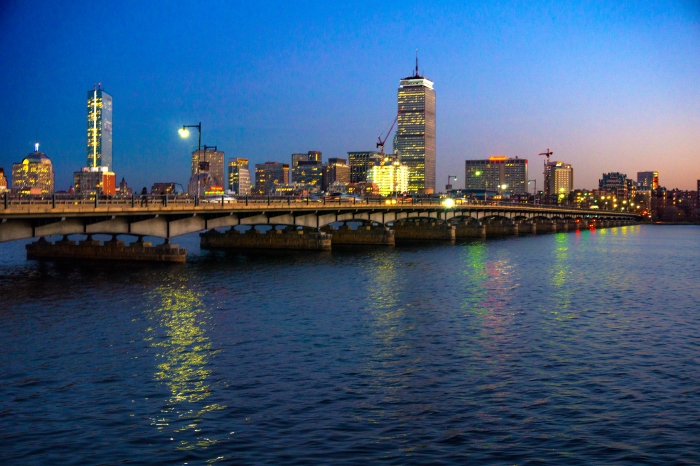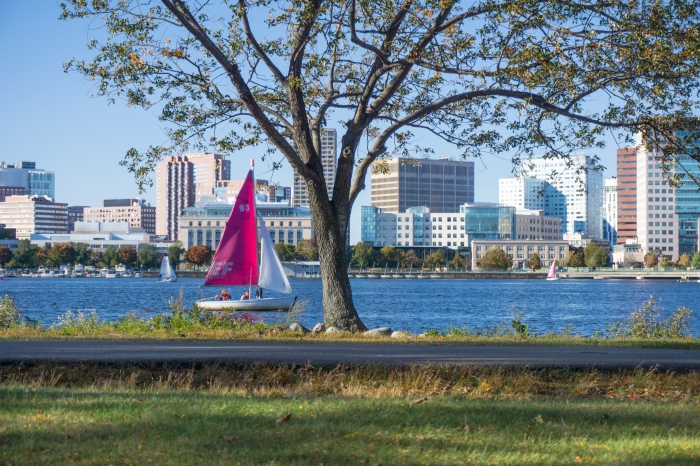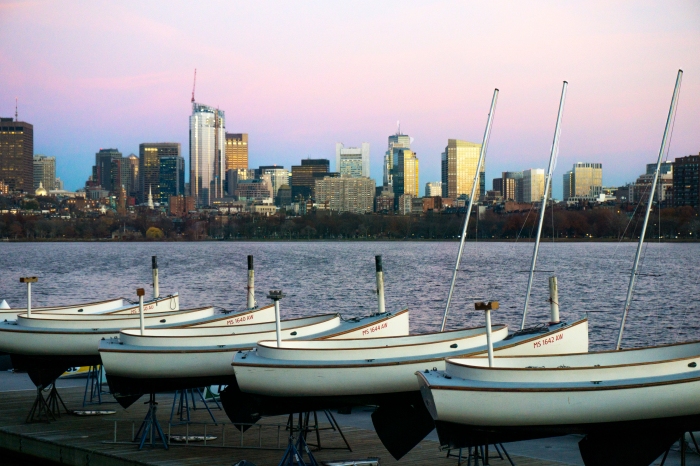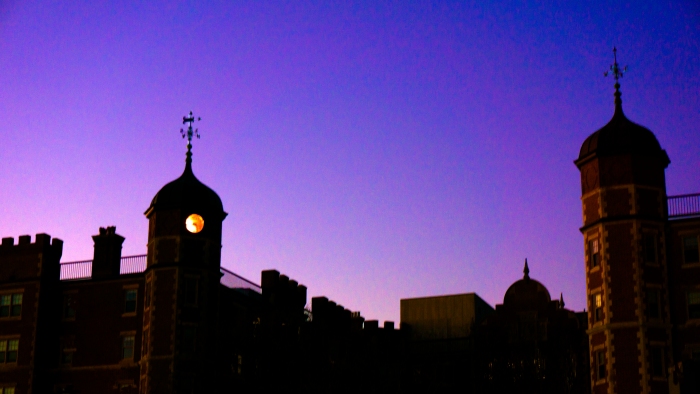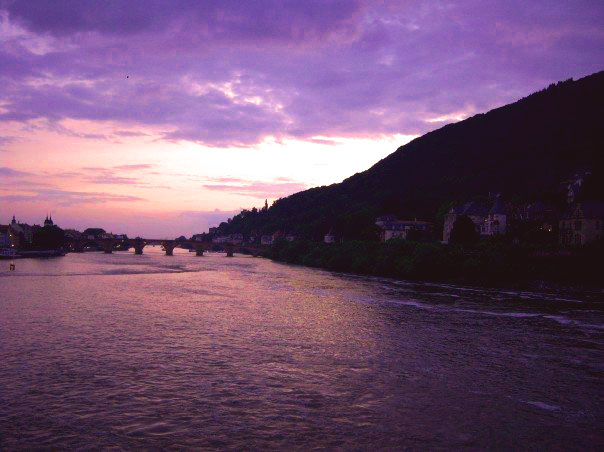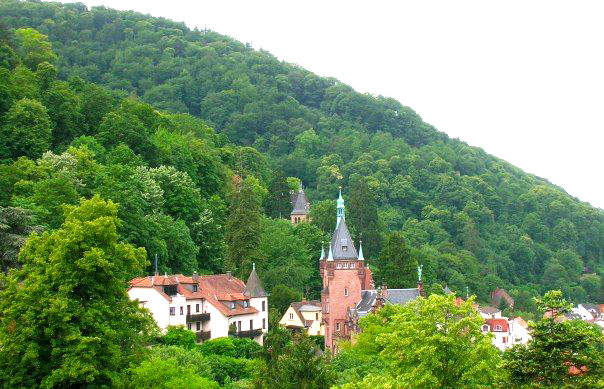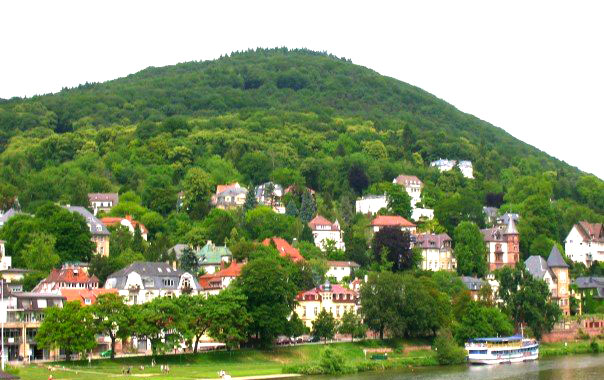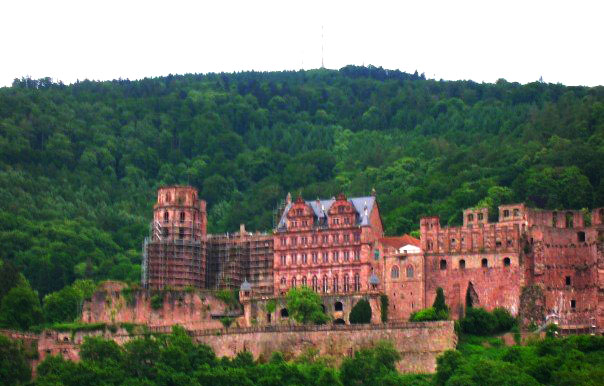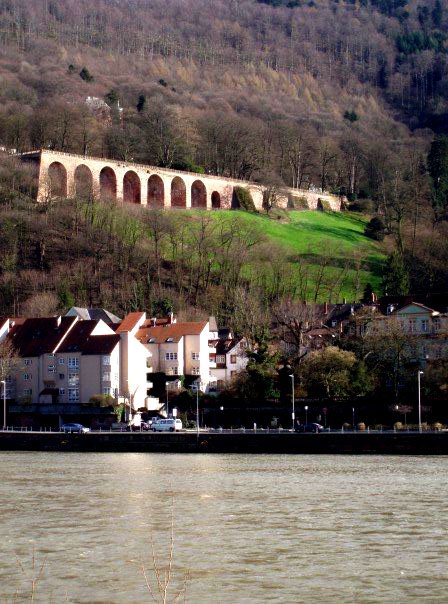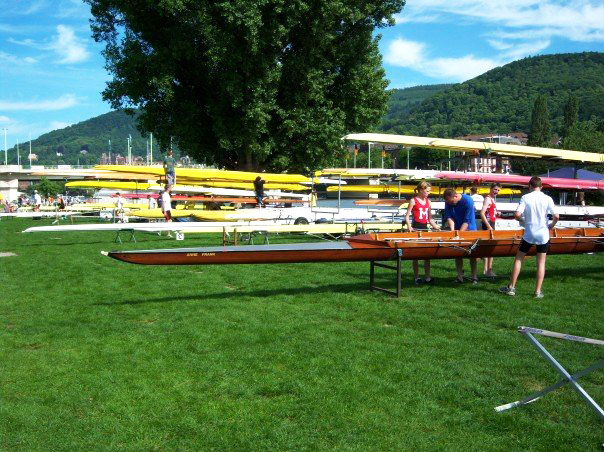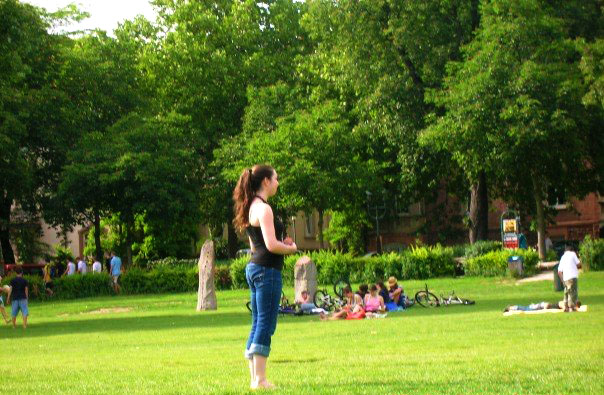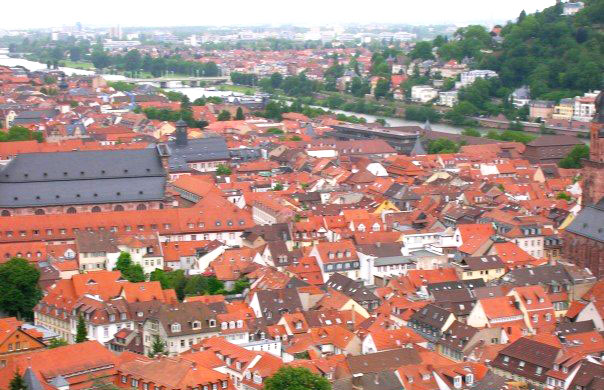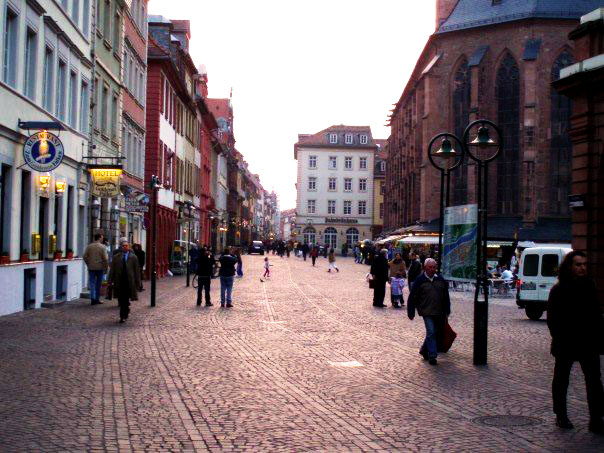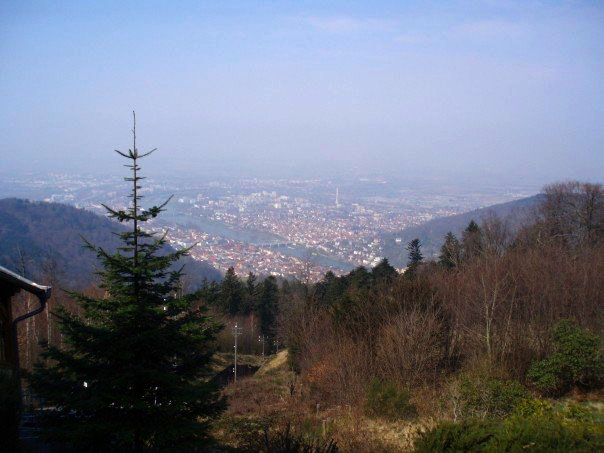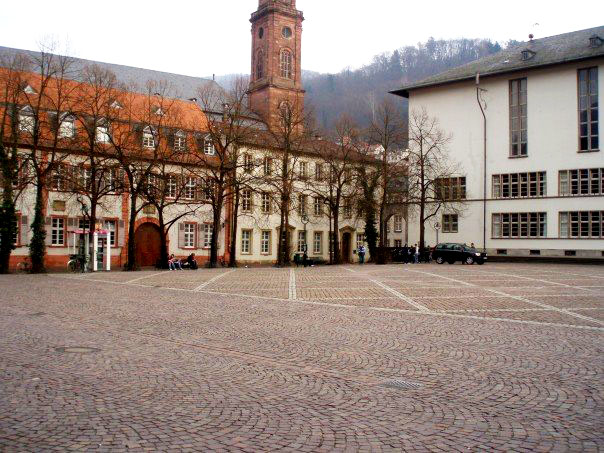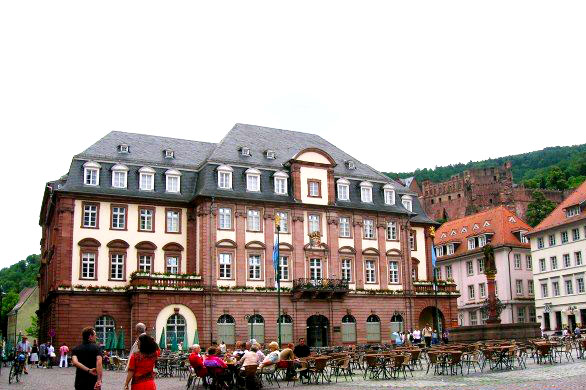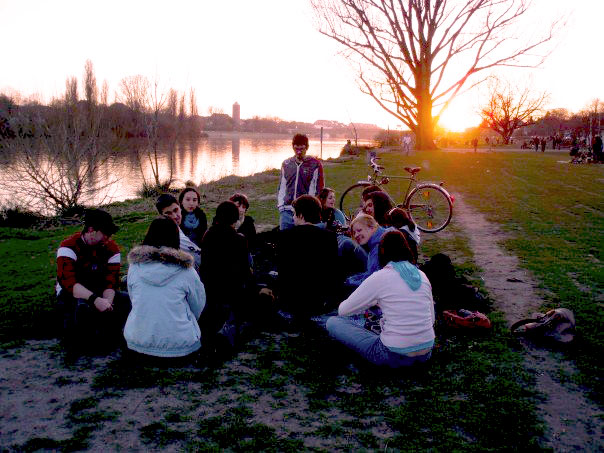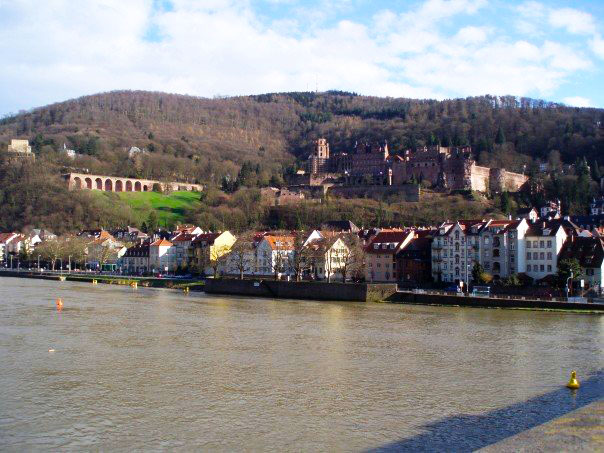Cambridge is a hub of learning with Massachusetts Institute of Technology (MIT), Harvard University, and Leslie College among others. It has a plethora of unique coffee shops, boutique stores, bars, and music venues. Several museums and art galleries offer art and science exhibitions.
If you’re planning a trip to Cambridge, a great way to orient yourself to the city is with a self-guided graffiti walking tour. This walking tour allows you to view public art, take in the architecture of top universities, and sample some uniquely decorated restaurants along the way.
As perspectives change so does public art. Street art is fleeting; it might be there one day and gone the next. It is an expression of its creator in that moment. Sometimes it may be commissioned by a city to enhance beauty. It might also be strategically placed in order to hide ugly, yet vital components of the city.
Graffiti has gone from being viewed as vandalism, to sometimes activism, and often art. Over the years, street art has become mainstream. Museums have commissioned urban artists. Large companies have used it as means for guerrilla marketing. Cities have begun giving tours of graffitiscapes.
I find graffiti most pleasing when the artist makes a conscious choice to incorporate the surrounding environment into their designs. Strategic placement in public spaces makes for smart art. Utilizing tree branches, bodies of water, or shadows are a few ways an artist might incorporate already existing environmental elements into their art. In these cases, the artist’s thought process can truly be seen.
The Route
190 Massachusetts Ave.>Right on Windsor St.>Left on State St.>State St. and Mass. Ave. merge>Continue on Mass. Ave.>Mass. Ave. & Norfolk St.>Mass Ave. & Pearl St.>Right on Modica Way>Left on Bishop Allen Dr.>Left on Prospect St.>Right on Mass. Ave.
Cambridge is in no shortage of interesting public art installations. Start your morning on Massachusetts Ave., the main drag through Cambridge, by enjoying coffee at Flour Bakery in Central Sq. Everything is baked in-house. It draws students, morning commuters, and nearby working professionals. Notice the interesting architecture of the building across the street. If you’re a wine aficionado, stop next door at Central Bottle.
Proceed to view your first graffiti artwork. Walking left out of the coffee shop, cross Massachusetts Ave. and take a right down Windsor Street. Turn left on State Street. You will find graffiti on a loading dock door to the left, as pictured below.
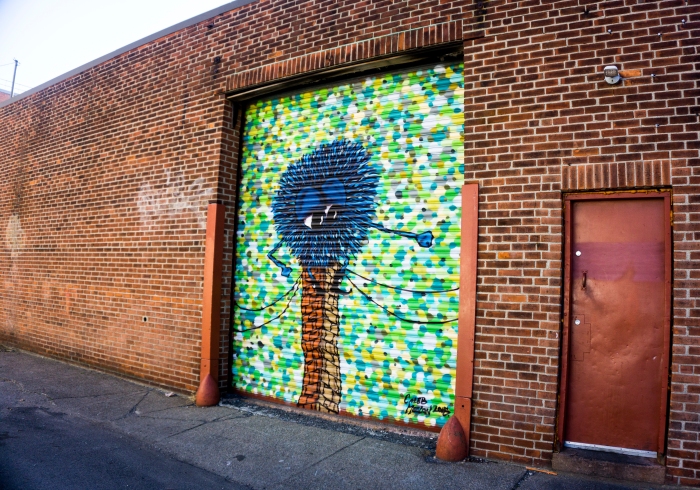
Several feet ahead, the street merges back with Mass. Ave. Where the two roads meet, look to the right. There are three loading dock doors filled with colorful shapes and spiraling graffiti. Take note that MIT Museum is a few feet up the road should you wish to visit on another day.
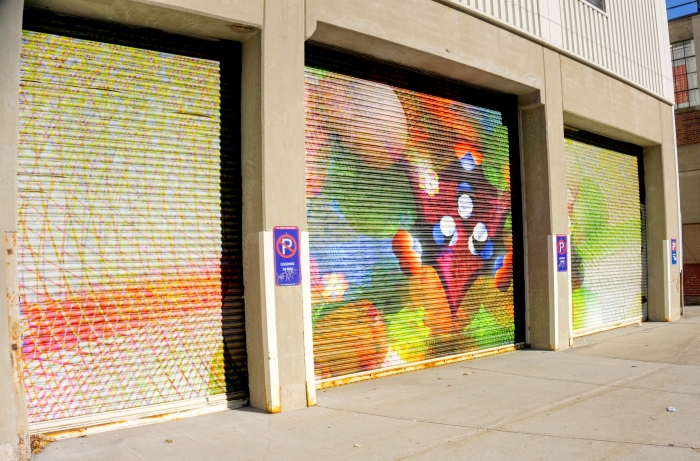
Continue walking on Mass. Ave. You are headed away from the Charles River and MIT, going toward the center of Central Sq. There is a good chance you will stumble upon musicians playing or a festival happening in Lafayette Sq. Here, you will also see a small, yet wildly popular breakfast and lunch spot, Café Luna. On weekends, this café is busting out onto the sidewalk with an overflow of people waiting for brunch.
When you reach Norfolk Street, admire the painted mural.
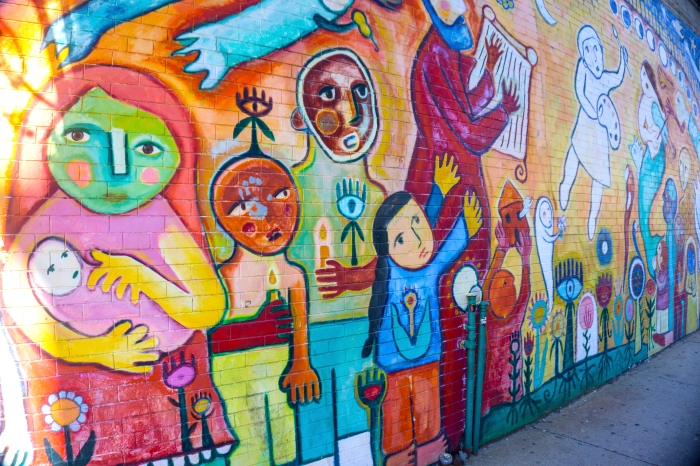
Once, you are finished marveling at this piece, cross the street, and walk to the colorful corner nightclub and restaurant, the Middle East. This can be found at the intersection of Mass. Ave. and Pearl St. Take a look at the Middle East’s mural, located on the side of the building. If you like live music, check out the line-up for ZuZu and the Middle East’s upstairs and downstairs music venues.
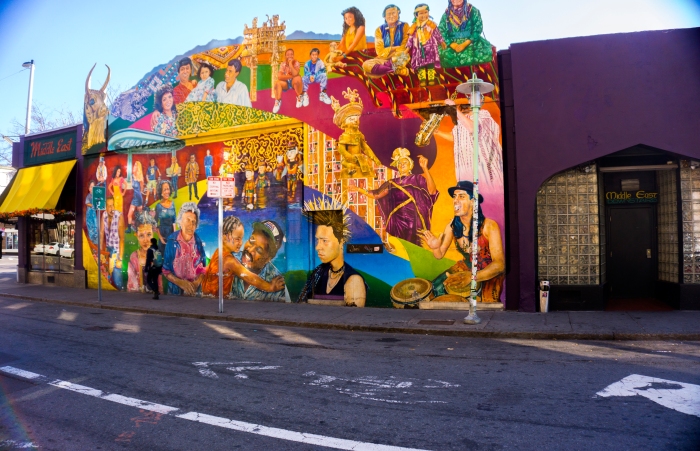
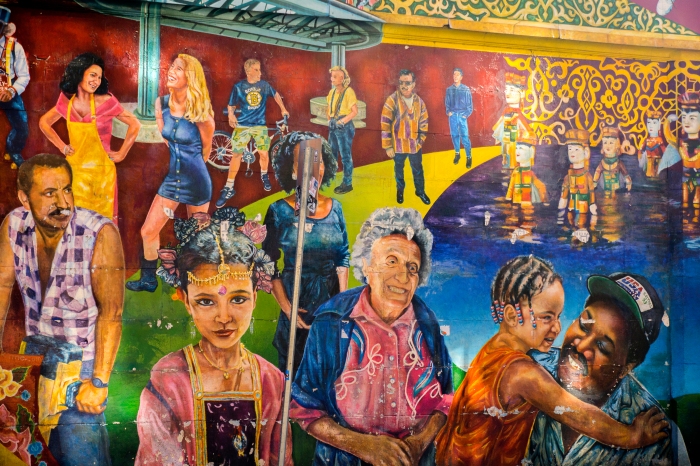
Prepare yourself for the pinnacle of graffiti viewing. Cross Mass. Ave. once more and dodge down the alley to the right of Central Kitchen, Modica Way. Take your time walking through the ever-changing artwork. Keep in mind that next to Central Kitchen is a bar without a sign. I recommend this bar, Brick & Mortar, as a good place to start your evening. It has a moody vibe created from lighting and interior design.
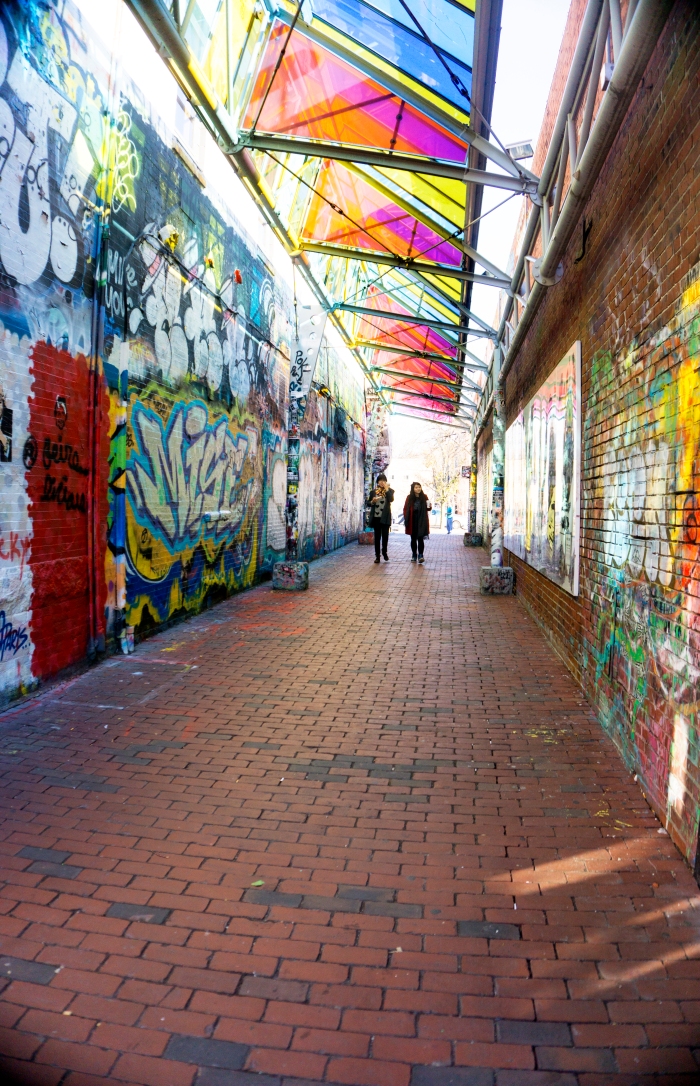
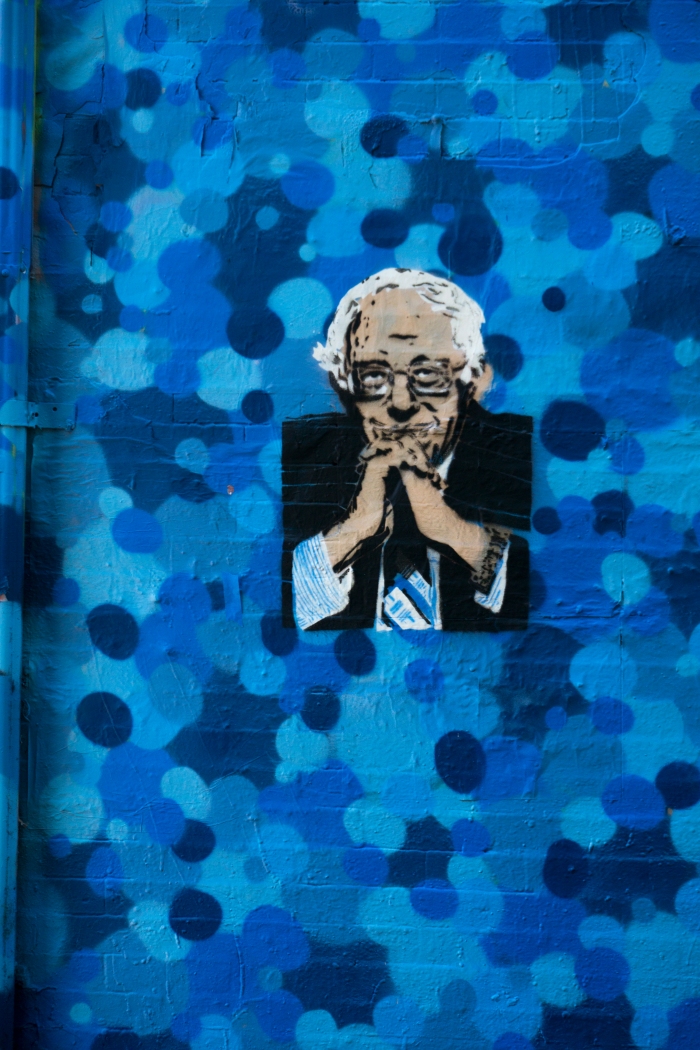
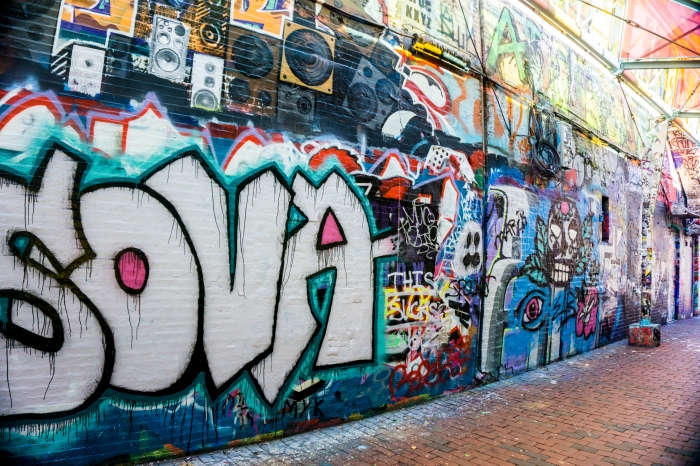
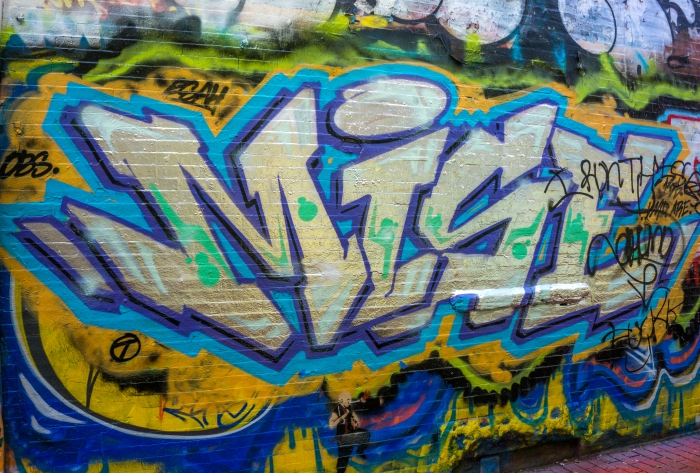
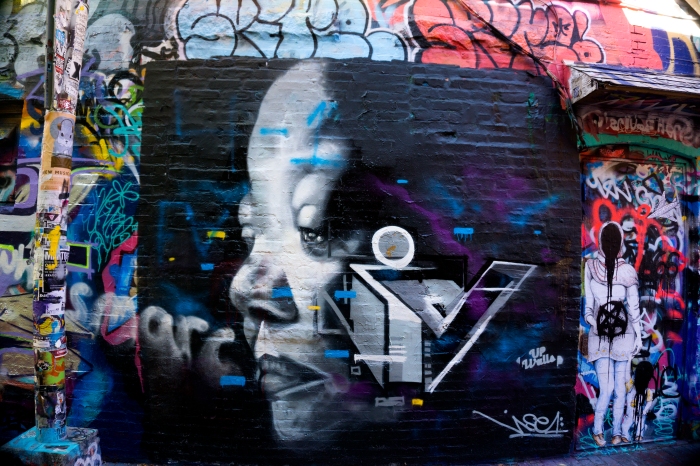
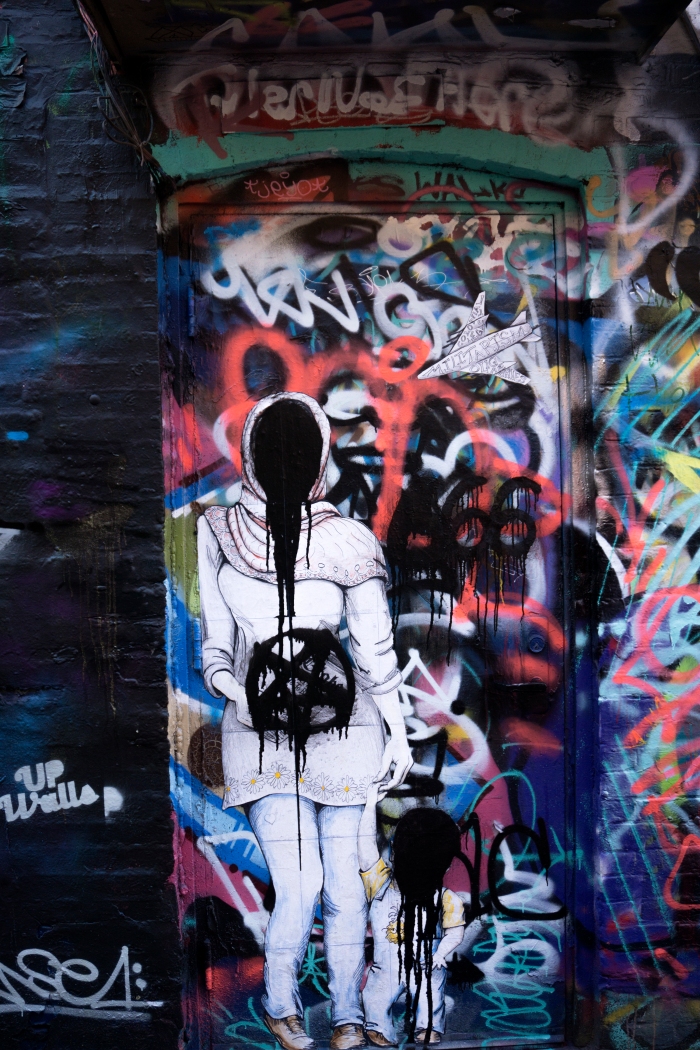
Modica Way leads to a parking lot with, you guessed it, more graffiti. Look to your left to view two excellent artscapes of Asian women on Bao Nation’s building. One woman is in traditional Asian dress with a dramatic red backdrop. The other lures you into Bao Nation. Look up to the rooftop, which is covered in an interesting assortment of graffiti. Walk directly in the parking lot and look at the side of H Mart, an Asian grocery store. You will find a community mural.


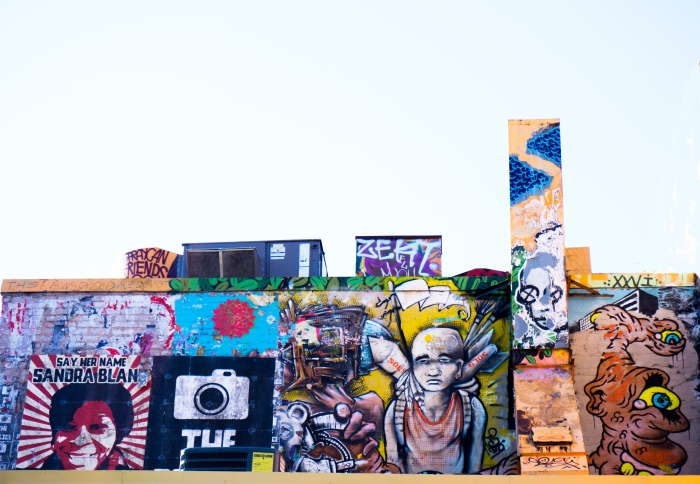
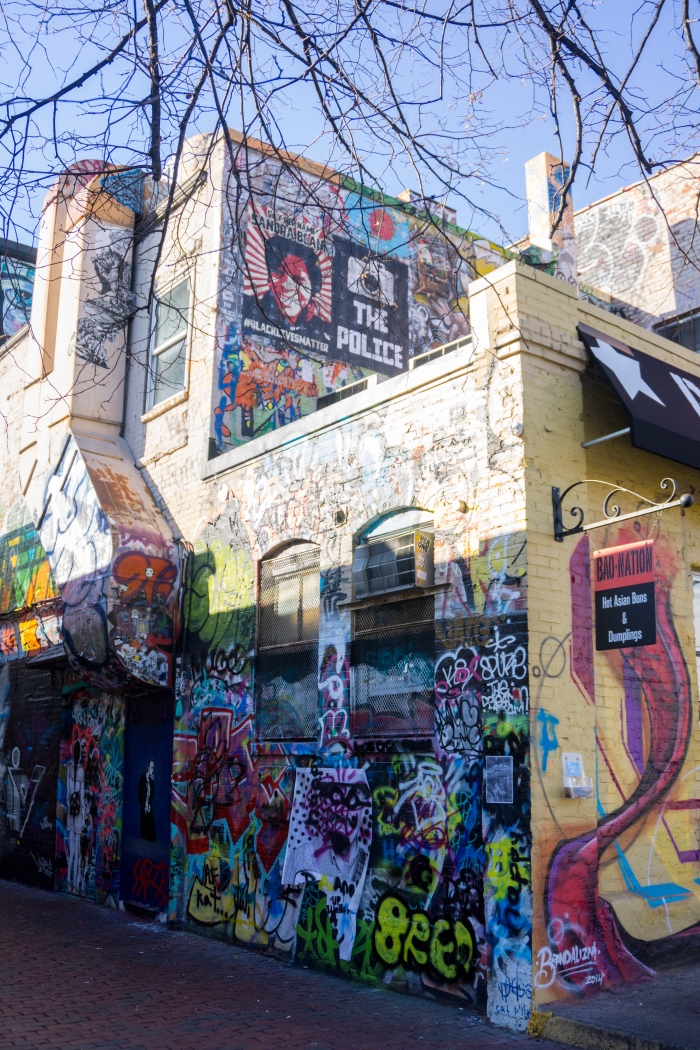
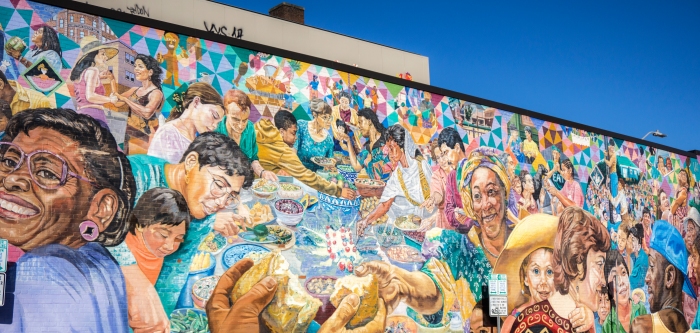
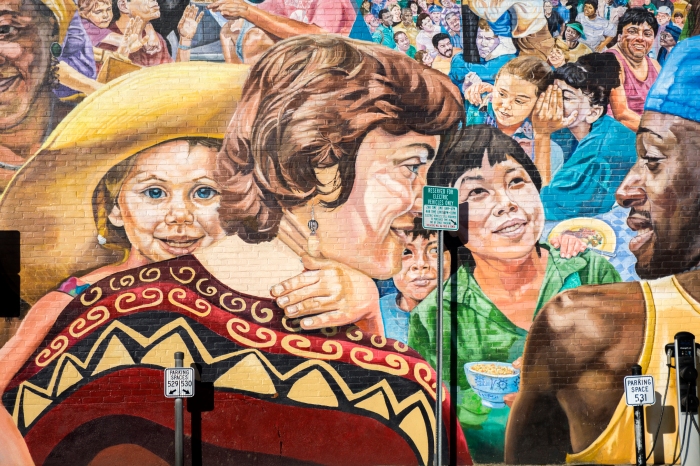
The parking lot exits onto Bishop Allen Dr. Turn left and swing around to the other side of H Mart to find another painting. Continue on Bishop Allen Dr. Turn left on Prospect St. Take note of The Field, a pub you may want to visit later. This bar has a laid back vibe and a back patio open on warm nights.
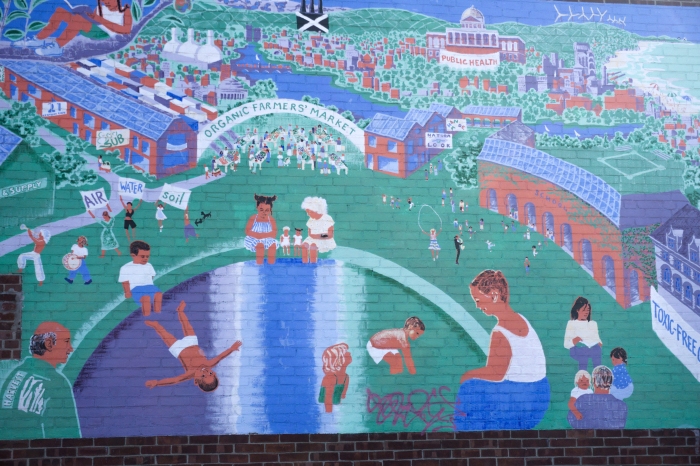
Prospect St. leads you back to Mass. Ave., where you will find a four-way intersection. The Central Square T Stop, or subway, is located here should you need it at a later date. Turn right on Mass. Ave.
If you are ready for some more food, stop in 1369 Coffee Shop. Awarded Best of Boston in 2013, this coffee shop has rotating art on the walls and an inviting atmosphere full of creatives typing away on their laptops. The delicious coffee, fresh baked cookies, and homemade soups don’t hurt either.
If it’s lunchtime, and you are a health food fanatic, go to Life Alive. Life Alive is my favorite lunchtime spot because of the unique food combinations, amazing smoothies, and earthy interior décor. The self-described “urban oasis & organic café” has won many Best of Boston awards. They have music on Thursdays and Fridays.
After an energizing shot of wheatgrass, you will be raring to go. Take a right when exiting either 1369 or Life Alive. You are headed to Harvard Sq.
Continue your trek up Mass. Ave., stopping in boutiques and taking in the mix of characters in this area. You will soon pass by a local bar, the People’s Republic. You are now in between Central and Harvard Squares. Note the Plow & Stars bar as well, which offers local bands up close and personal. If you duck in here, you just might find my brother’s band, Crooked Mirror, playing.
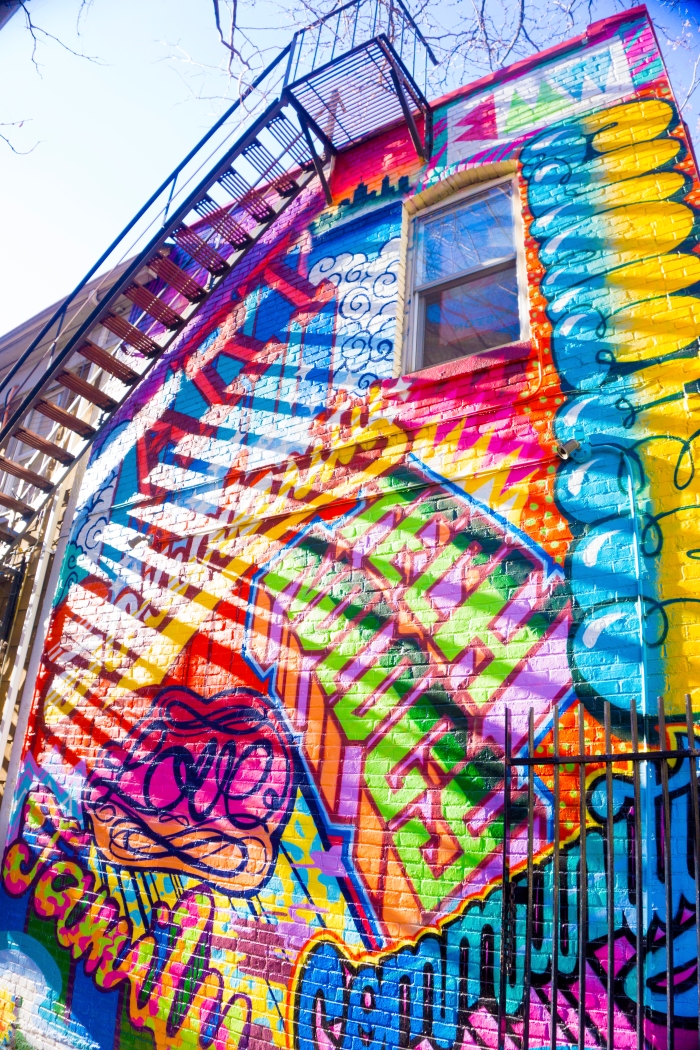
You will soon approach colorful graffiti splashed with words summing up the area: “technology,” “family, and “community.”
About one block up, on the opposite side of the street, is a mural, which brings a bit of nature into the city with black and white tree branches.
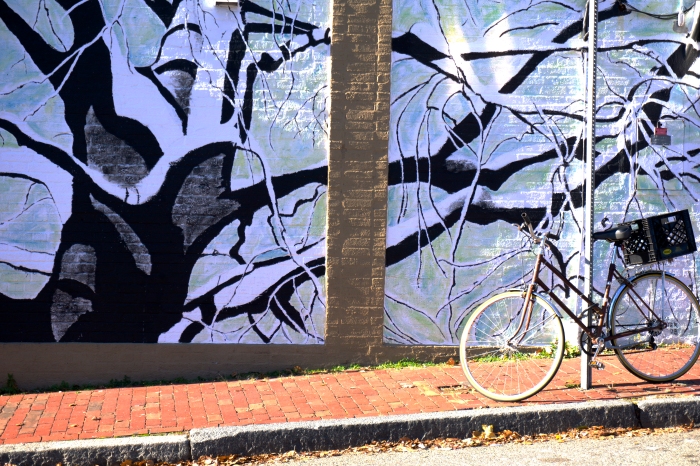
Continue walking straight to locate great boutique shops. You are now in Harvard Square. You may want to check to see if there are any interesting seminars going on, shop, and wander through Harvard Yard to look at the architecture.
Overall, this walking tour allows you to become better oriented to the city. You can slow down and appreciate the nuances and explore the creativity of the city’s residents. Harvard is full of shopping and beautiful architecture. Central Square keeps things real, adding a bit of grit and has a great music scene. MIT leads into the technology hub of Kendall Sq.
Be sure to share any updated artwork you come across on your walk by posting below!
